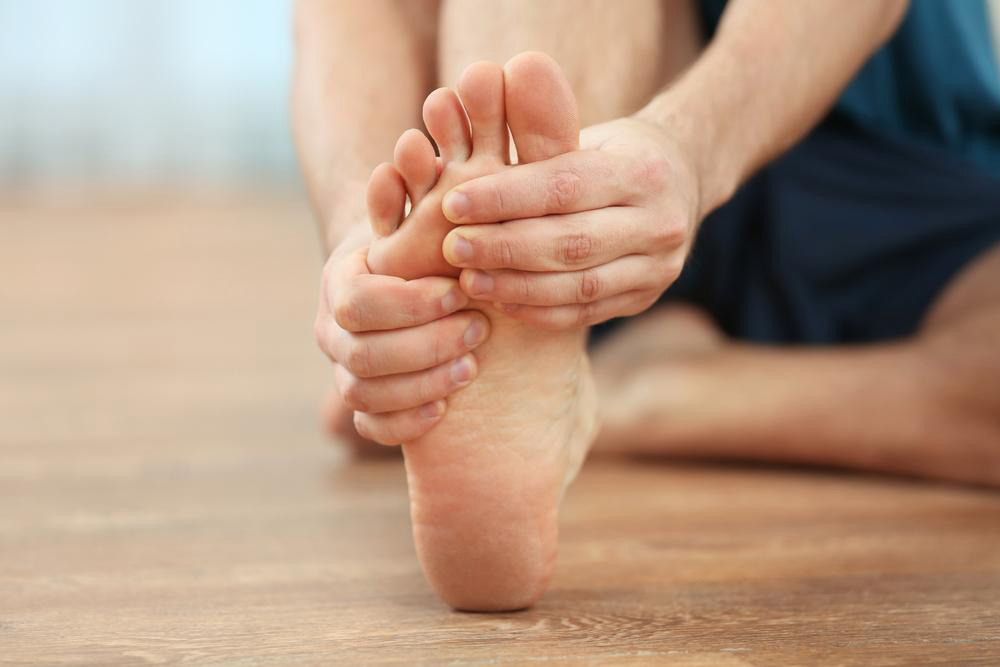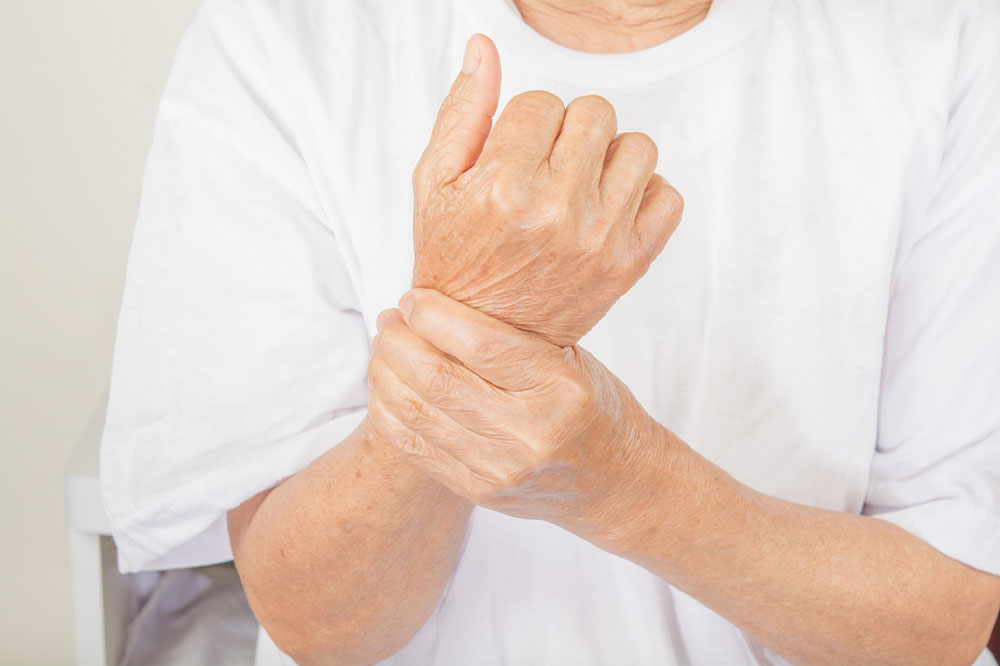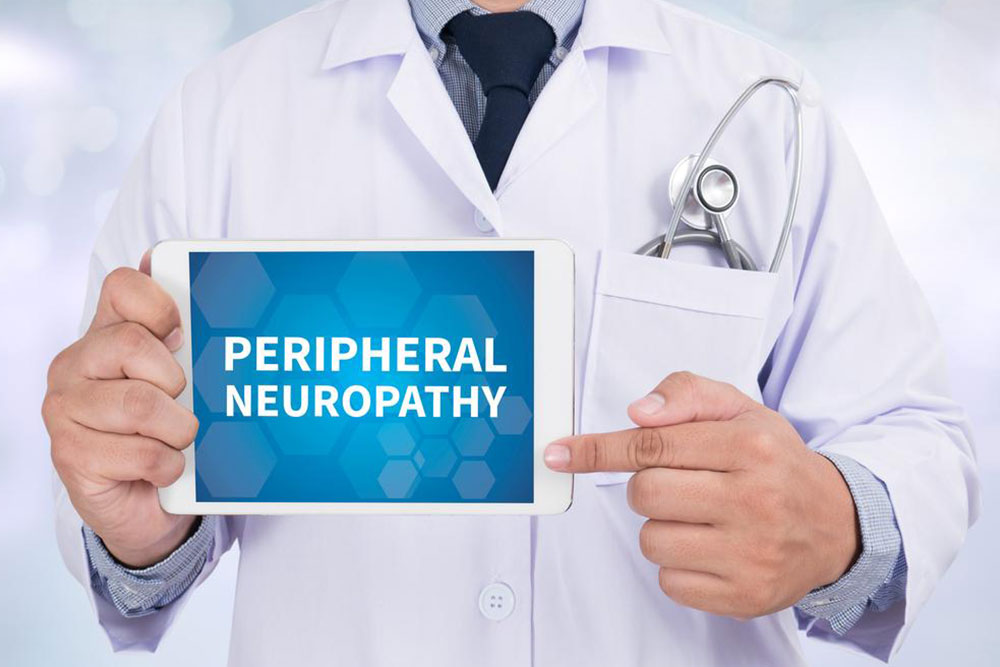Comprehensive Approaches to Managing Peripheral Nerve Damage Effectively
This in-depth article explores effective strategies for managing peripheral nerve damage, including diagnosis, medical treatments, alternative therapies, and lifestyle tips. Tailored approaches can significantly improve symptoms and quality of life for those affected by neuropathy, emphasizing the importance of personalized care and regular medical supervision.

Comprehensive Approaches to Managing Peripheral Nerve Damage Effectively
The human nervous system is a complex network that connects the brain and spinal cord to every part of the body, including limbs, facial muscles, and internal organs. This extensive network is vital for transmitting sensory information, motor commands, and autonomic functions essential for survival and daily activities. Among various neurological conditions, peripheral nerve damage—commonly known as neuropathy—stands out due to its significant impact on quality of life. Neuropathy occurs when peripheral nerves are damaged, leading to miscommunication between the nervous system and body parts. This malfunction can manifest in a variety of symptoms, from chronic pain to sensory loss, affecting millions globally. Understanding the intricacies of peripheral nerve damage, its causes, symptoms, diagnostic procedures, and management strategies is fundamental for effective treatment and improving patient outcomes.
While dealing with neuropathy can be unsettling and persistent, advances in medical science offer hope through tailored treatment plans and comprehensive management strategies. Correct diagnosis, understanding individual health profiles, and adopting a multi-faceted treatment approach can significantly alleviate symptoms and improve quality of life. What follows is an in-depth exploration of the different types of neuropathy, their symptoms, diagnostic methods, and a wide range of treatment options that cater to diverse patient needs.
Understanding Neuropathy: Types and Symptoms
Peripheral neuropathy comprises over a hundred specific conditions characterized by damage to peripheral nerves. These nerves are classified into sensory nerves, motor nerves, and autonomic nerves, each responsible for different functions. For example, sensory nerves relay sensations like touch, pain, and temperature, while motor nerves control muscle movements, and autonomic nerves manage involuntary functions such as heart rate and digestion. The damage can be limited to a single nerve—a condition known as mononeuropathy—or can affect multiple nerves, resulting in polyneuropathy.
Symptoms of neuropathy vary widely based on the nerves affected. Common manifestations include persistent tingling, numbness, or burning sensations, especially in the extremities like hands and feet. Shooting pains, often described as electric shocks, are also typical. In certain cases, individuals may experience dizziness or balance issues, sexual dysfunction, skin issues like thinning or dryness, digestive problems like nausea or diarrhea, and abnormal sweating—either excessive or insufficient. Recognizing these diverse symptoms, along with comprehensive symptom reporting, is crucial for accurate diagnosis and effective treatment planning.
Diagnostic Procedures for Peripheral Nerve Damage
Medical History Assessment: Gathering detailed information about previous illnesses, lifestyle habits, toxin exposures, and family history helps in identifying potential causes.
Neurological Examination: Physical tests evaluate reflexes, muscle strength, sensory responses, posture, and coordination to localize nerve damage.
Laboratory Tests: Blood analyses screen for underlying conditions such as diabetes, autoimmune diseases, vitamin deficiencies, and exposure to toxins.
Imaging Studies: MRI or CT scans provide detailed images of structures like spinal discs or tumors that can impinge nerve tissues.
Nerve Conduction Velocity Tests: These electrical tests measure nerve signal transmission to assess nerve functionality.
Electromyography (EMG): This procedure evaluates electrical activity in muscles to determine nerve and muscle health.
Skin Biopsy: Small samples of skin are analyzed to assess nerve ending density and identify specific nerve damage patterns.
Effective Management and Treatment Strategies
Successfully managing peripheral nerve damage hinges on identifying the underlying causes and tailoring treatment accordingly. The primary goal is to alleviate symptoms, prevent further nerve deterioration, and restore functional capacity. Regular medical supervision is vital for monitoring progress, adjusting therapies, and ensuring optimal outcomes.
Pharmacological interventions can alleviate pain and other symptoms but may carry side effects. Consequently, integrating alternative therapies and lifestyle modifications is often beneficial for comprehensive management.
Therapeutic and Medical Interventions
Transcutaneous Electrical Nerve Stimulation (TENS): This non-invasive approach employs electrodes placed on the skin to deliver gentle electrical currents that block pain signals, providing symptom relief in many cases. Typically, TENS is used consistently over several weeks to achieve optimal results.
Immune System-Based Treatments: For inflammatory neuropathies, methods like plasma exchange (plasmapheresis) and intravenous immunoglobulin (IVIG) therapy can help by removing harmful immune components or supplying beneficial antibodies, respectively.
Physical and Occupational Therapy: Customized exercises, strength training, and the use of assistive devices such as braces or walkers contribute to improved mobility and muscle function. Physical therapy can also help reduce pain and prevent further deterioration.
Surgical Options: Surgery may be necessary if nerve compression, tumors, or structural abnormalities are involved. Procedures include nerve decompression or tumor removal to alleviate pressure on nerves.
Alternative and Complementary Therapies
Acupuncture: This traditional Chinese medicine technique involves inserting fine needles at specific points to stimulate nerve regeneration and reduce neuropathic pain, often after multiple sessions.
Herbal and Nutritional Supplements: Certain herbs like evening primrose oil, and nutritional supplements such as B-vitamins, support nerve health and may ease discomfort. Consultation with a healthcare provider is essential before starting any supplement regime.
Amino Acid Supplementation: Amino acids like acetyl-L-carnitine are believed to promote nerve repair and regeneration and are especially considered for diabetic or chemotherapy-induced neuropathy, though they may have side effects and interactions.
Home Care Tips and Lifestyle Adjustments
Wear comfortable, soft, and supportive footwear to prevent foot injuries and minimize nerve irritation.
Engage in regular physical activity like walking, yoga, or Tai Chi to enhance blood circulation, improve muscle strength, and maintain mobility.
Avoid smoking, limit alcohol consumption, and manage stress levels to reduce the risk of nerve damage progression.
Adopt a balanced diet rich in fruits, vegetables, lean proteins, and healthy fats to support nerve regeneration and overall health.
Maintain blood sugar levels within the target range if diabetic, as uncontrolled blood sugar is a leading cause of neuropathy progression.
Ensure proper skin care, especially for affected limbs, to prevent infections and skin breakdown.
In conclusion, managing peripheral nerve damage requires a comprehensive, personalized approach that combines accurate diagnosis, effective medical treatments, lifestyle modifications, and supportive therapies. Patients are advised to seek regular consultation with healthcare professionals to tailor interventions suitable for their specific condition, thereby enhancing recovery and quality of life.





